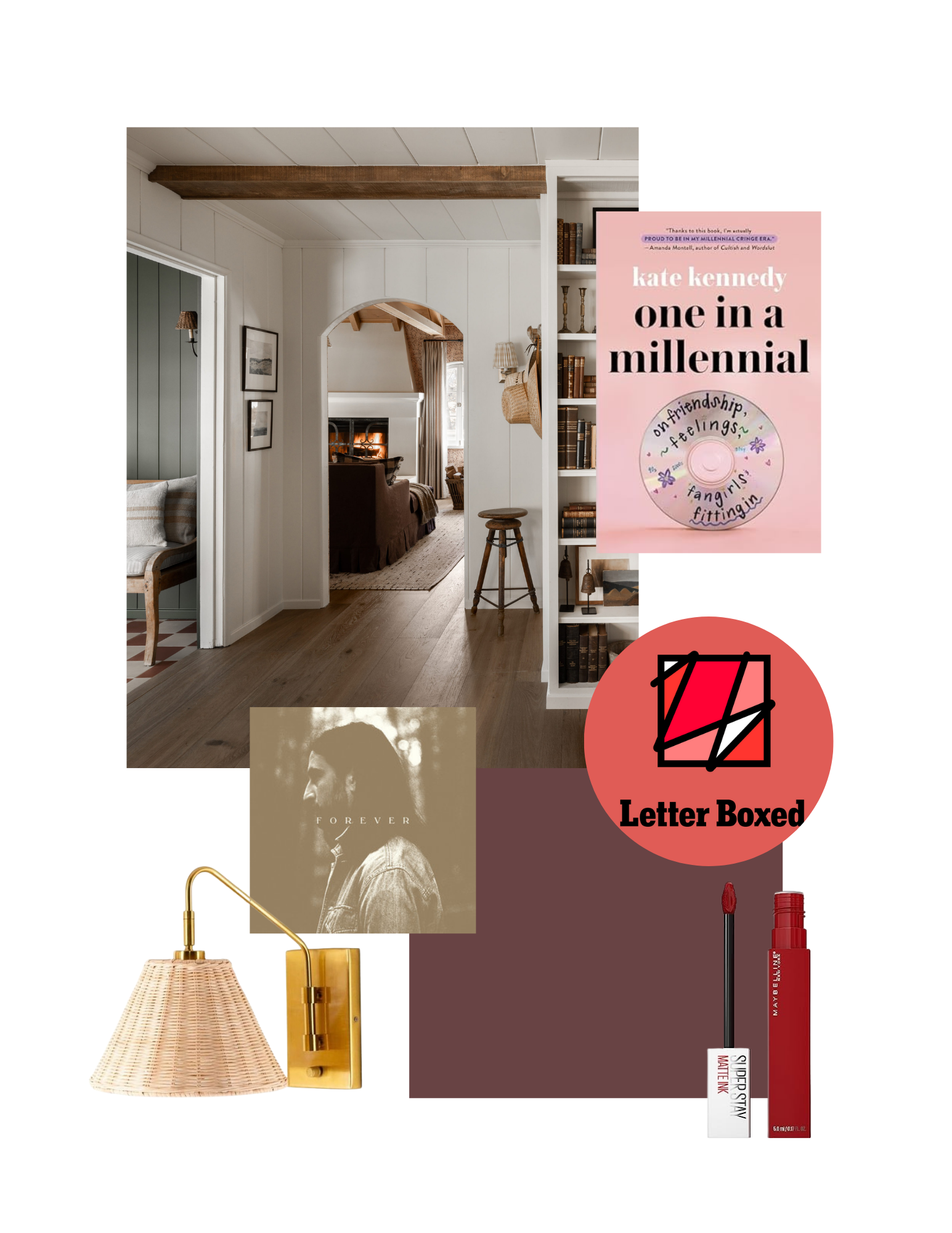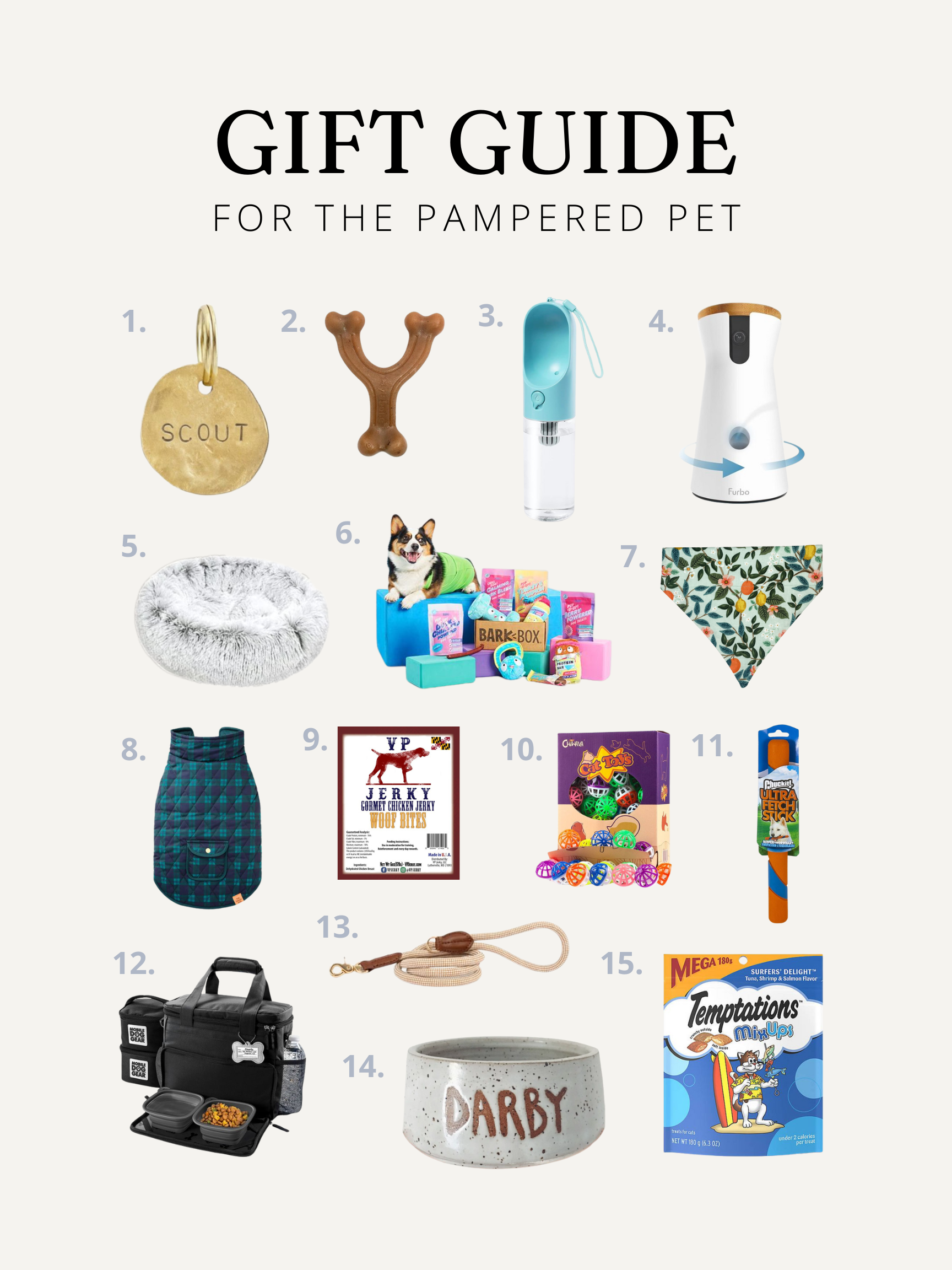Today’s post is a looooong time coming. If you follow me on Instagram, you know that one of the first projects I tackled after we closed on our house was painting the kitchen cabinets. After enduring 2 years with a tiny galley kitchen at our condo, I knew I wanted to get to work on the kitchen right away so I could enjoy it in its full glory for as long as possible.
When we started house hunting, it became clear that in order to get everything we wanted in a house in the city we were looking at, we’d probably end up with a house with an outdated kitchen. So I started researching things like painting cabinets, replacing countertops, and installing new fixtures. I follow a LOT of renovation/home decor accounts on Instagram, so I’d watched a lot of people I admire take on the task of painting cabinets. The more research I did, the more confident I became that we could save a ton of money by taking on this task ourselves. If there’s one thing I’ve learned as a first-time homeowner, it’s that when it comes to DIY tasks, you just have to be confident in your abilities and willing to learn!
Two weeks after we closed on the house and many hours spent watching YouTube videos, reading blog posts, and researching the best tools and tricks for painting cabinets later, I started the painting process.
Supplies & Budget Breakdown:
- 2 gallons BEHR Premium Plus Ultra Pure White paint in satin finish – $61.96
- 1 gallon Sherwin Williams Tricorn Black paint in satin finish – $39.98
- Wagner Flexio 3000 Paint Sprayer – $169.00
- 3 rolls plastic dropcloth – $4.98
- 1 roll painters tape – $4.20
- 1 pack cloths – $5.47
- 1 bottle Jasco Liquid Deglosser – $7.98
- 1 bottle Krud Kutter – $6.78
- Screwdriver or power drill – already had
- Total Cost: $300.35
Step by Step Tutorial:
- Remove all the doors and drawer fronts from the cabinets. TIP: store the screws and hardware from each door and drawer front in a plastic baggie labeled with a letter, then label the door or drawer front with the same letter. Store all the plastic baggies in one bag to ensure you don’t misplace anything.
- Place the doors and drawer fronts on Dixie cups in your garage, workshop, or wherever you’re planning to paint them.
- Cover all appliances and countertops with a dropcloth and secure with painters tape. Take your time and make sure the tape lines are perfectly placed and secure. This is definitely the most tedious part of the process (it took me several hours), but it’s super important to avoid having to scrape paint off every appliance when you’re done.
- Carefully cover cabinet hinges in painters tape to protect them from getting paint on them.
- Wipe down cabinet boxes, doors, and drawers with Krud Kutter. Be thorough – you’ll want the surfaces you’re painting to be as clean as possible so the paint sticks better.
- Wipe down cabinet boxes, doors, and drawers with liquid deglosser using a cheesecloth or rag. This will make the paint adhere to the cabinets better and allows you to paint without sanding.
- Load primer into your paint sprayer, ensuring that you follow any instructions that came with the sprayer. Spray an even coat of primer on the cabinet boxes and door backs. Allow to dry for at least 3-4 hours before painting.
- Once the primer on the door and drawer backs has dried, carefully flip them and prime the fronts.
- After primer has dried on cabinet boxes, doors, and drawers, load paint into your paint sprayer (again ensuring you follow any instructions that came with the sprayer). Spray an even coat of paint on the cabinet boxes. Flip doors and drawers and spray an even coat of paint on the backs.
- Once the paint has dried for at least 3-4 hours, flip doors and drawers and spray an even coat of paint on the fronts.
- Repeat steps 8 through 10 to apply a second coat of paint.
- After paint has dried for at least 24-48 hours, reattach cabinet doors, drawers, and hardware. If you can, wait about a week before placing items in the cabinets to allow paint to cure.

Other Tips:
- Because we had almost two months between the day we closed on the house and the last day of our lease at the condo, I was able to complete this project before we moved in. I highly recommend doing this if you’re able! It made things so much easier and I felt a lot less pressure to get things done quickly, so I was able to take my time and do this the right way.
- Do your research on paint sprayers and make sure you thin your primer when you add it to the sprayer, even if the instructions say you don’t need to. We didn’t have a good experience with our paint sprayer and I think it was because we didn’t thin the primer. The instructions that came with the sprayer said we didn’t need to, but I think thinning the primer would have saved us a lot of headaches.
- If you use a paint sprayer for this project, be sure to clean it thoroughly between each coat of paint and primer. It’ll dry out quickly, so even though cleaning it between each step is a pain, it’s necessary in order to ensure it stays functional.
- Be patient! There’s a lot of waiting time between steps that can make the project feel so long, but I promise it’s worth it. Take your time and don’t try to cut corners – this is a project that can make a huge impact on your house, so you want to make sure you do it right!
Our Painted Kitchen Cabinets: Before and After
This project was a lot of work, but I couldn’t be happier that we decided to do it. Painting our kitchen cabinets completely transformed the entire room and I can’t get enough of the light and airy feel of our new kitchen. We’ve completed several other projects since this one, and as we come up on a year in our home the kitchen is so close to being done! Stay tuned for more posts about how we improved our countertops on a dime and installed our own backsplash!









